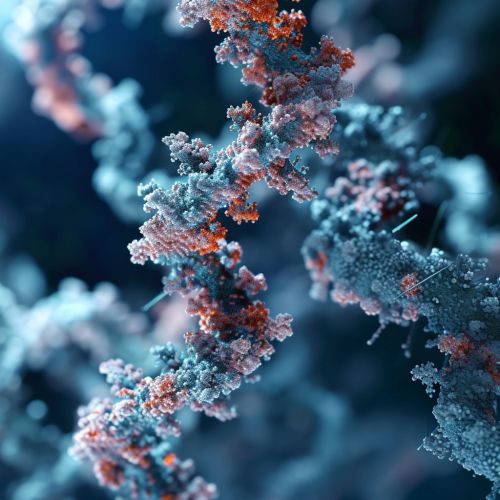EGFR
Overview
The Epidermal Growth Factor Receptor (EGFR) is a transmembrane protein that is a receptor for members of the epidermal growth factor (EGF) family of extracellular protein ligands. It is a member of the ErbB family of receptors, a subfamily of four closely related receptor tyrosine kinases: EGFR (ErbB-1), HER2/neu (ErbB-2), Her 3 (ErbB-3) and Her 4 (ErbB-4). Mutations affecting EGFR expression or activity could result in cancer.


Structure and Function
EGFR exists on the cell surface and is activated by binding of its specific ligands, including epidermal growth factor and transforming growth factor α (TGFα). EGFR and its ligands are cell signaling molecules involved in diverse cellular functions, including cell proliferation, differentiation, motility, and survival, and in tissue development and homeostasis. EGFR is a glycoprotein with a molecular weight of approximately 170,000 daltons.
Role in Disease
Abnormalities in the function or expression of EGFR play a role in the pathogenesis of many human cancers, including lung cancer, anal cancers, and glioblastoma multiforme. Such aberrant EGFR signaling can be the result of amplification of the EGFR gene, resulting in overexpression of the receptor on the cell surface, or by mutations that lead to a constitutively active receptor.
Therapeutic Target
EGFR has been identified as a promising therapeutic target in oncology because its overexpression, mutation, or amplification is often associated with several types of cancer. Several drugs that target EGFR have been developed and approved for use in cancer treatment. These include monoclonal antibodies such as cetuximab and panitumumab, and small molecule tyrosine kinase inhibitors such as erlotinib, gefitinib, and afatinib.
